URSUS AMERICANUS FLORIDANUS – THE FLORIDA BLACK BEAR – AN UMBRELLA SPECIES
URSUS AMERICANUS FLORIDANUS – THE FLORIDA BLACK BEAR – AN UMBRELLA SPECIES
Did you know…
Florida black bears historically roamed throughout Florida and into parts of southern Georgia, Mississippi, and Alabama. In the 1970s, there were 300-500 individuals left due to habitat loss and fragmentation, as well as overhunting. For 21 years, Florida black bears were protected from hunting and their numbers increased. However, in 2012 the Florida Fish and Wildlife Conservation Commission (FWC) removed them from the list so they are once again in danger of being hunted to extinction. Even though numbers have rebounded, they now inhabit only about 18% of their historic range.
Source: University of Florida: http://franklin.ifas.ufl.edu/blog/2014/04/25/our-recovering-florida-black-bear-population/

Did you know…
There are seven Bear Management Units (BMUs) in Florida, each representing a distinct subpopulation of the subspecies of Florida black bear. Hunting was permitted in four of the seven BMUs in 2015. Isolated from each other due to human encroachment on their habitat and lack of a contiguous wildlife corridor, each of the subpopulations of Florida black bear is in danger of inbreeding depression due to genetic isolation, thus weakening the gene pool.
Source: http://myfwc.com/hunting/by-species/bear/rules/

Did you know…
Although classified as carnivores, the Florida black bear’s diet consists of 80% plant material, 15% insects, and 5% animal matter. A major source of the bear’s diet, saw palmetto berries, has been harvested by humans for years. The berries are sold as herbal supplements. In July 2015, three months before the hunt, the state of Florida temporarily halted the harvesting of saw palmetto berries on state land. Destruction of acorn-producing oak trees is also taking away food from the bears and other wildlife. Trees are being destroyed for timber and to make way for more cattle-grazing land in our state and national forests.
Did you know…
The perceived threat of bears hurting humans is based on irrational fear. There is no documented case of a human being killed by a Florida black bear…EVER! However, humans kill an alarming number of black bears, even excluding legal hunting. While precise figures are not known, annual roadkill numbers have been close to or exceeding 150 (down from the peak of 282 in 2012). Approximately 100 so-called “nuisance” bears are killed every year, most often due to human carelessness such as leaving trash, pet food, bird seed, and dirty barbecue grills outside or in patios. Within the last few years, the FWC has adopted the “one strike you’re out” policy with regard to so-called “nuisance” bears.
Did you know…
Bears are deemed a “nuisance” merely for going in search of food carelessly left out by humans in residential neighborhoods. In preparation for denning in the winter, bears can consume in excess of 20,000 calories per day. When natural food sources are poor, bears must go in search of food often traveling many miles, which unfortunately puts them in danger of encounters with humans.
Did you know…
There is no science to support the supposition that hunting decreases human-bear conflicts or that bears that habituate to humans are more likely to be aggressive.
Did you know…
3,778 permits were sold to hunt only 320 Florida black bears in 2015, more permits than bears in the state of Florida. The first two days of the hunt, Saturday October 24th and Sunday the 25th, were guaranteed hunting days, no matter how many bears were killed. Since bears had not been hunted in 21 years, they were trusting and naïve, a recipe for disaster.
Did you know…
When the injunction to stop the bear hunt was denied, it was decided that bear monitors would be stationed at each of the hunter check stations to count dead bears. Every hour, each volunteer bear monitor across the state called in to report the number of bears brought in by hunters. It was their effort that helped prevent the Florida black bear from essentially being completely wiped out by hunters in 2015.
Did you know…
There were 28 lactating females killed during the bear hunt of 2015. With 1 to 4 cubs born to each mother, that means that an average of 70 cubs were left orphaned. Bear cubs remain with their mother for 1 ½ to 2 years. With cubs born in January, these cubs were only 9 months old at the time of the hunt in October.
Cubs weighing less than 100 pounds were also killed, although the rules stated by the FWC included that the bear must weigh at least 100 pounds (live weight). For the most part, hunters were not fined for these infractions.
This cub weighed only 76.7 pounds field dressed, which would put it at about 88 pounds intact (add approximately 16 percent of the field dressed weight). The hunter got away without even a warning. Photo by Alex Foxx

Did you know…
The number of bears killed in the hunt was 304. However, that number doesn’t count:
- The bears who were injured by hunters, ran away, and later died
- The orphaned cubs that didn’t survive without their mothers
- The bears illegally poached, including a bear cub later found floating in the Suwannee River
While FWC’s target was 20% including death from means other than hunting, the known death toll was over 21.5% of the total population of Florida black bears. Meanwhile, the human population in Florida continues to grow by more than the entire bear population every week.
Did you know…
Approximately 78% of the bears killed were on private lands. Many hunters bragged that the bears they shot just walked under their tree stands. While baiting was prohibited, many bears killed had corn in their teeth indicating they had recently visited deer feeding stations set up by hunters. According to the rules set forth by the FWC, both the hunter and bear were to be at least 100 yards away from a feeding station to be legally killed. However, there was no way to enforce this rule.
Did you know…
An estimated 75% of Florida residents who voiced their opinion were opposed to the bear hunt. This includes phone calls, letters, and emails to the governor and FWC, as well as media polls. Still, the FWC and Governor Scott ignored public opinion and did not stop the hunt.
Did you know…
Most hunters do not eat the bears that they kill, making this a blood sport, thrill kill, and trophy hunt. Most of the hunters wanted a bear rug or to mount the head of their kill on a wall, and this could be seen by the overwhelming number of bears brought into the hunter check stations unpreserved (not on ice) hours after they had been killed.

Did you know…
The hunt was supposed to last a week with a guaranteed hunt in the first two days without regard to numbers killed. Within 13 hours of the hunt, quotas were exceeded in the East panhandle and Central regions. The hunt in these two regions was brought to a halt on the first day, thanks to the efforts of Chuck O’Neal, volunteers who took the calls keeping a tally of dead bears, and the monitors themselves who volunteered to count dead bears. By the end of the 2nd day, the hunt was called off completely.
Region Orig. Est. Targeted Actual % of Target
East 600 40 112 280%
North 550 100 23 23%
Central 1,300 100 139 139%
South 700 80 21 26%

Did you know…
Non-lethal solutions exist to prevent human-bear encounters. A 12-month study in a Volusia County neighborhood showed that bear-resistant trash cans reduced such encounters by 95%. Coupled with preservation of the bears’ natural food sources, providing bear-resistant trash cans in every county within bear country is a compassionate, non-lethal solution to the prevention of human-bear conflict.
We will never forget
Take a Quick Exploratory Survey for Wildlife Overpasses
FWC just released the Florida Panther Mortality Update and it is heartbreaking. (link below) Now, more than ever, we need safe wildlife passages. Public Project Planning Chair Ginger Goepper and Director Aymee Laurain have launched a wildlife planning project for safe wildlife passages. They need your help to show public support to FWC, DOT, insurance companies and other agencies they are working with. Please SIGN and SHARE this survey. The survey is to show interest only and not a request for donations. Let’s all work together to bring wildlife passages to Florida for our panthers, bears and the other furry animals whom we share Florida with.
How to be an advocate for ordinances and resolutions to your county commissioners
Your local officials want to hear from you, their constituents. They are citizens just like you. Whether you are good at public speaking or not, talk to your officials like a friend. Tell them your concerns and offer a solution. You never know when a brainstorming idea will become a law for the safety of all of us and our wildlife. Here is a sample powerpoint presentation.

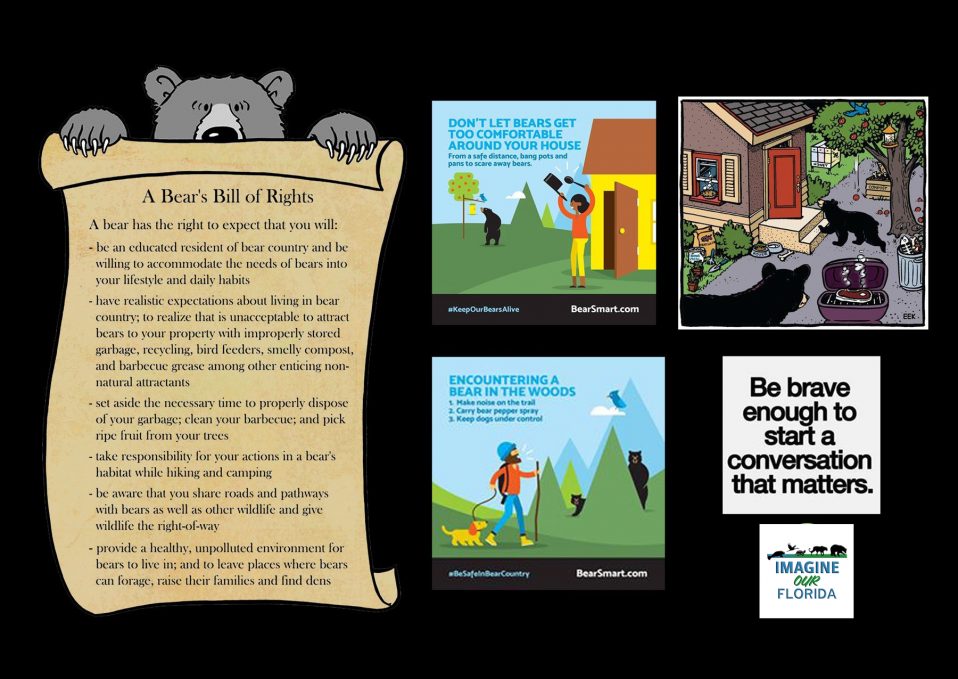
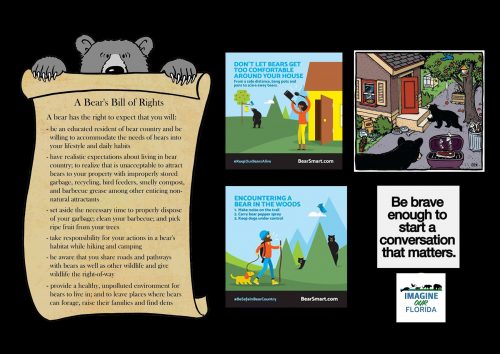


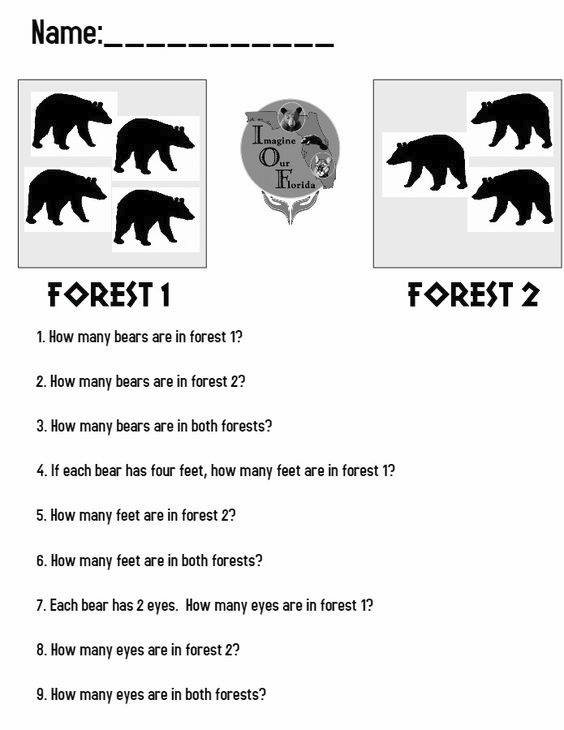
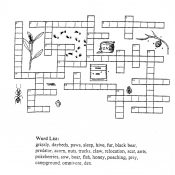
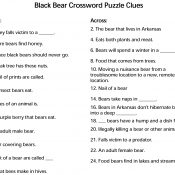

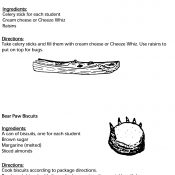
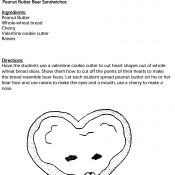

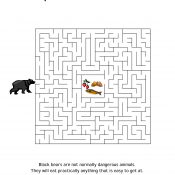

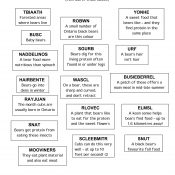

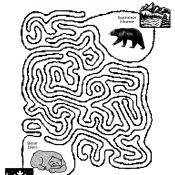
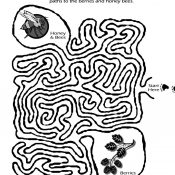
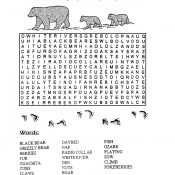
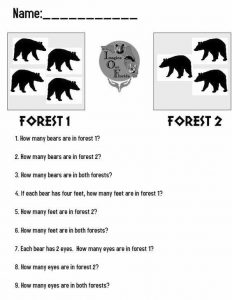

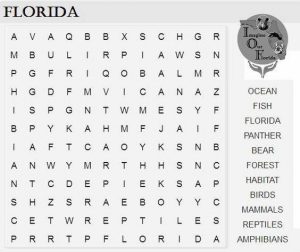
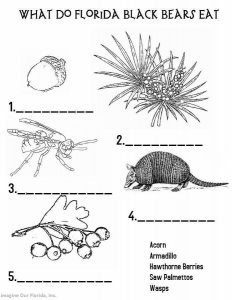
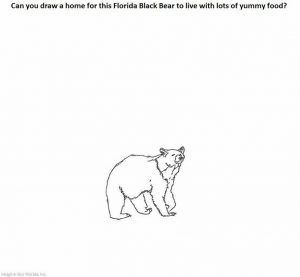


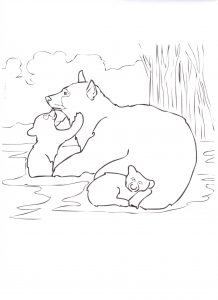
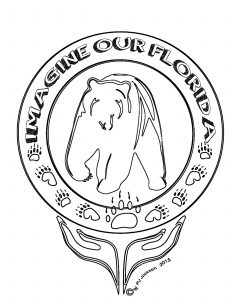

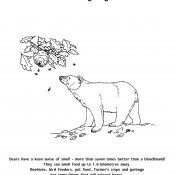
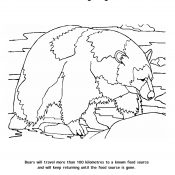
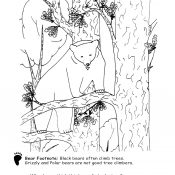
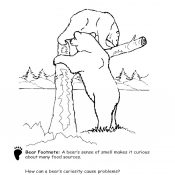
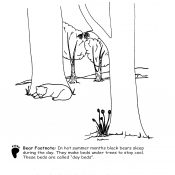
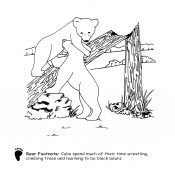
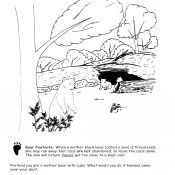
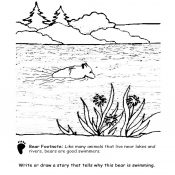
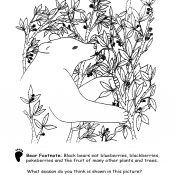
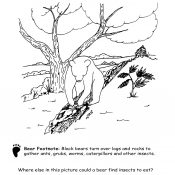
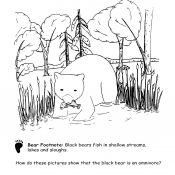


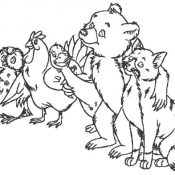
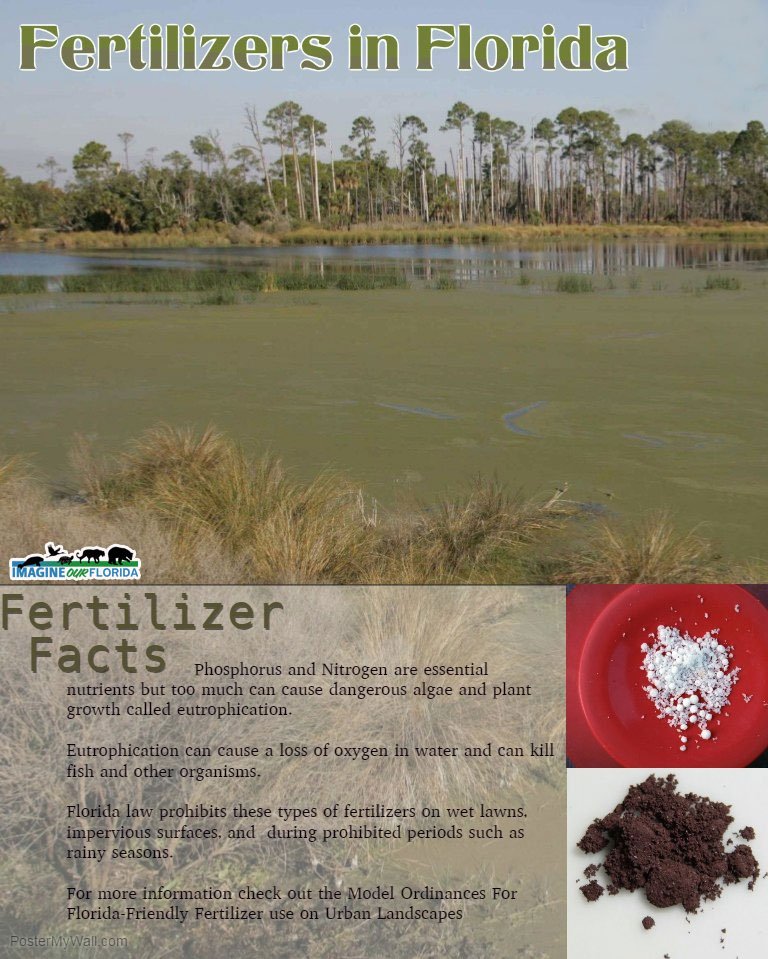

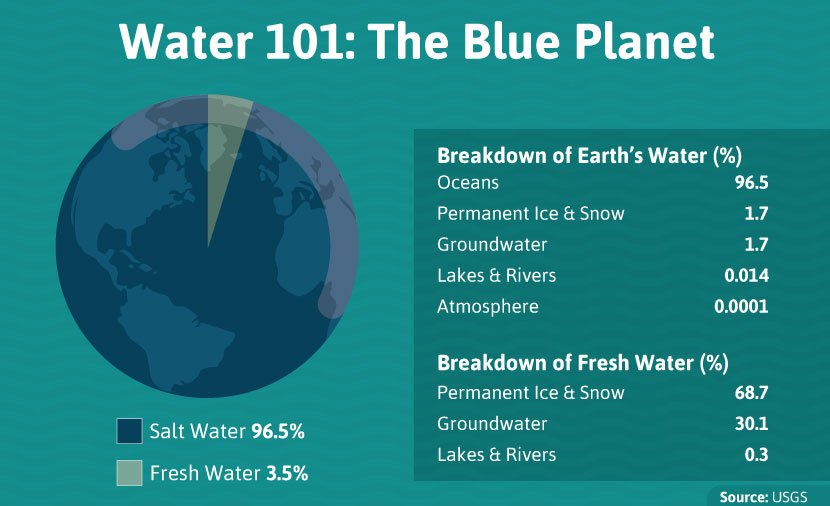
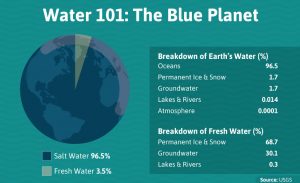
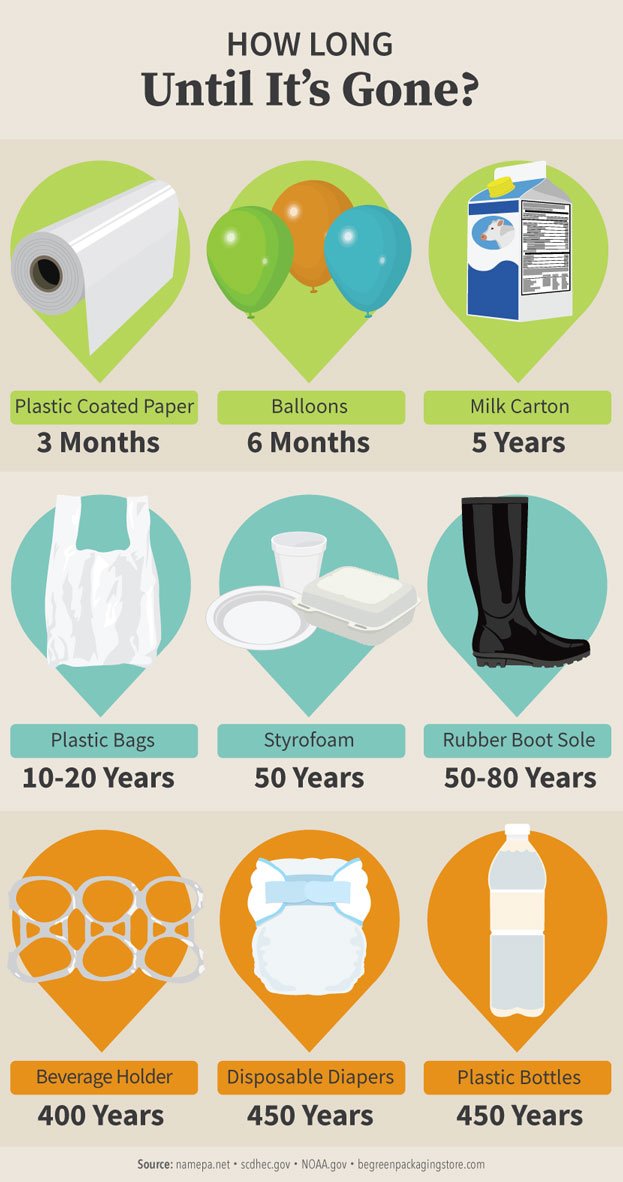
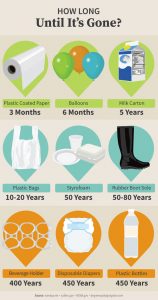
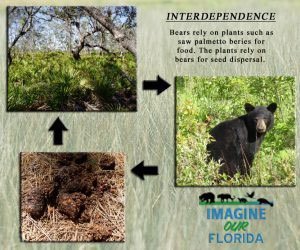


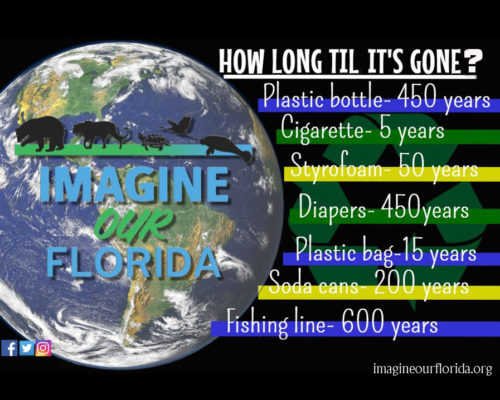


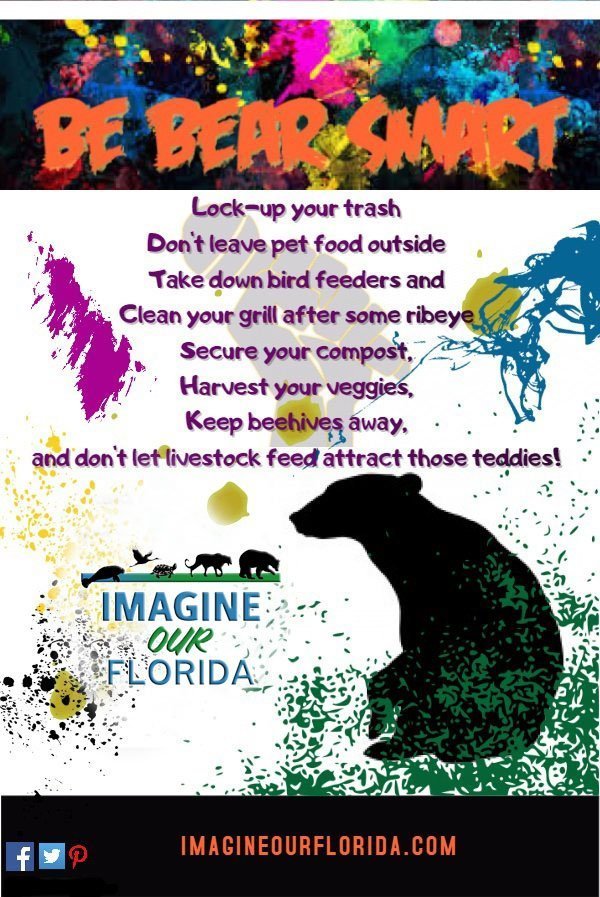



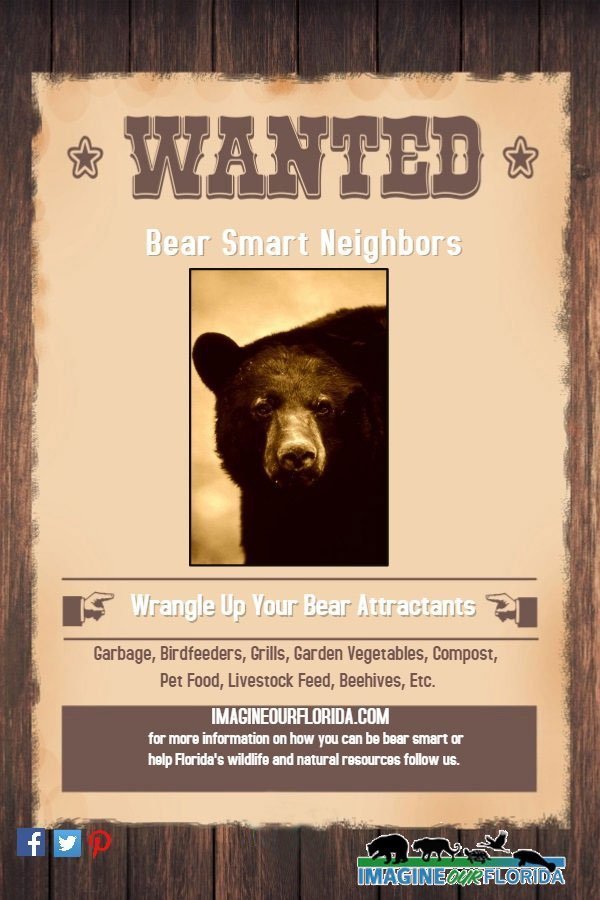
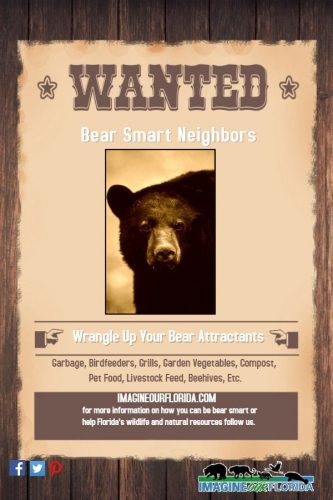
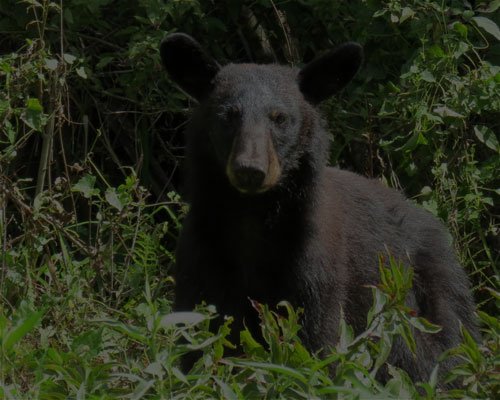
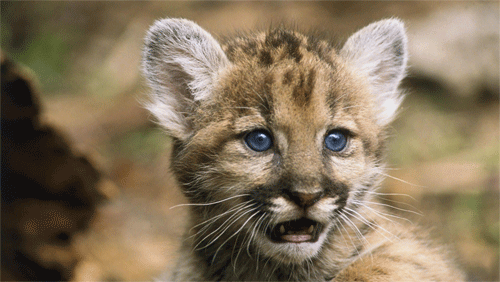
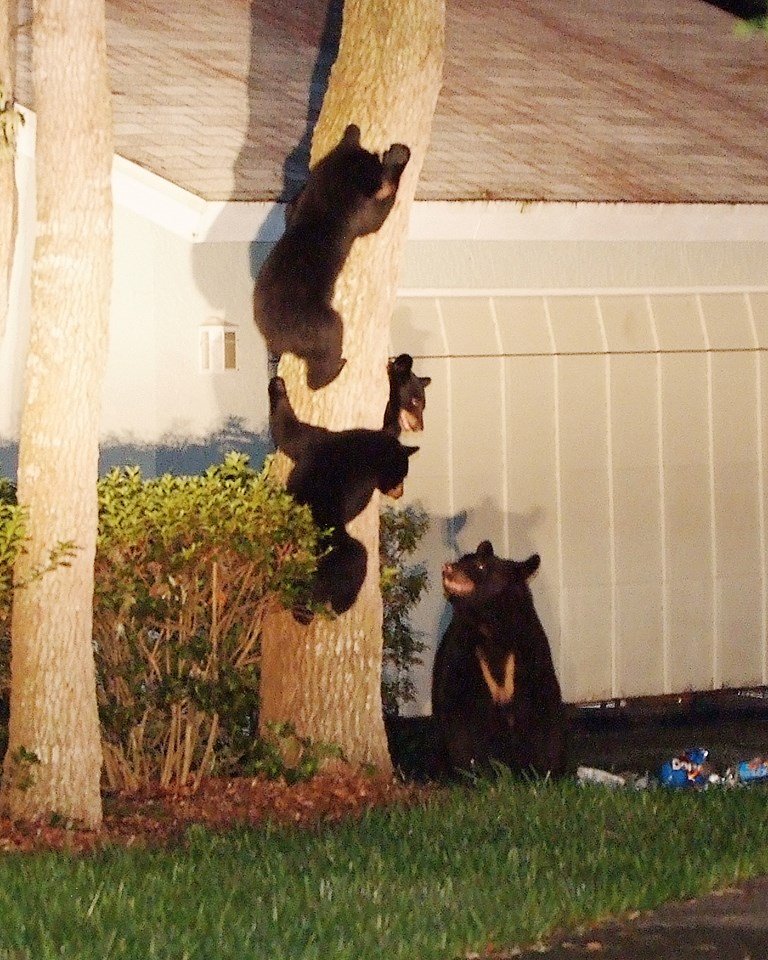
Recent Comments